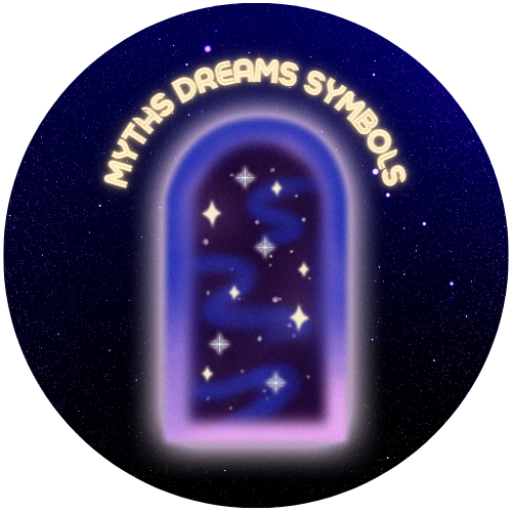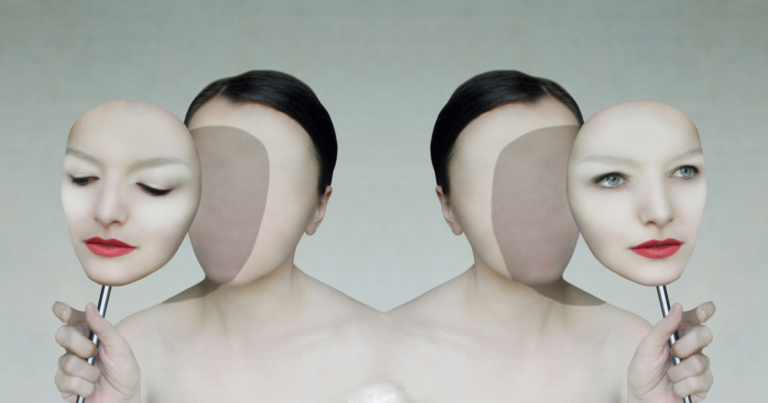In the journey of life, many individuals encounter experiences that leave deep scars and create voids within their psyche. Abuse, in its many forms, can lead to a relentless search for something to fill these voids, often leading individuals down paths lined with temporary solaces like food, drugs, sex, or other attachments. These pursuits, while momentarily soothing, can further disturb an individual’s balance and harmony. Through the lens of myths, dreams, and symbols, we can explore pathways towards healing and understanding, transforming wounds into wellsprings of strength.
The Void Within: A Mythological Perspective
Mythology often speaks of heroes venturing into darkness or facing monstrous entities, symbolizing the inner battles we face. Similar to these mythic quests, the individual’s journey through and beyond abuse is a profound struggle to reclaim self-worth and harmony. Myths teach us that the darkness encountered on such journeys is not the end but a vital phase of transformation and rebirth.
Attachments as Symptomatic Responses
The turn to food, drugs, sex, or other harmful attachments can be viewed through the mythic motif of the “false promise” – a deceptive solution that offers temporary relief or escape but ultimately leads the hero astray. Understanding these choices as symptomatic responses to deeper wounds allows for a compassionate approach to healing, recognizing the need to address the root causes of the void rather than its superficial manifestations.
Dreams: The Soul’s Language for Healing
Dreams serve as the psyche’s attempt to communicate and process unresolved emotions and experiences. Symbols of voids might appear in dreams as endless voids, abysses, or consuming darkness. Conversely, dreams may also offer symbols of hope and regeneration – clear waters, bridges, or the emergence of light. By paying attention to these symbols and exploring their meanings, individuals can gain insights into their healing journey and discover internal resources for resilience and renewal.
Embracing the Shadow for Wholeness
Carl Jung’s concept of the Shadow – the repressed, ignored, or denied aspects of oneself – is particularly relevant here. The path to healing involves confronting and integrating the Shadow, transforming it from a source of pain to a source of power. This process of integration acknowledges that true healing requires embracing the entirety of one’s experiences and emotions, both light and dark.
Symbols of Transformation and Renewal
Within the realm of symbols, the Phoenix stands out as a powerful emblem of rebirth and renewal from the ashes of the past. Engaging with such symbols can inspire individuals to envision their journey of healing as a transformative process, where the end of one life phase paves the way for a new beginning.
Conclusion: The Journey Towards Harmony
The struggle to fill the voids created by abuse with injurious attachments is a reflection of the deeper quest for wholeness and peace. Myths, dreams, and symbols offer a rich tapestry of insights and pathways towards healing, reminding us that the darkest trials can lead to the most profound transformations. By understanding and integrating these elements into our journey, we can navigate through the shadows with compassion and courage, moving towards a life of balance and harmony.
As we venture through our own mythic quests, let us remember that the void within is not an abyss to be feared but a space of potential for growth and renewal. In embracing our shadows and learning from the symbols that guide us, we can find the strength to rebuild a harmonious life, marked not by what we have lost but by what we have gained: wisdom, resilience, and a deeper connection to our true selves.










